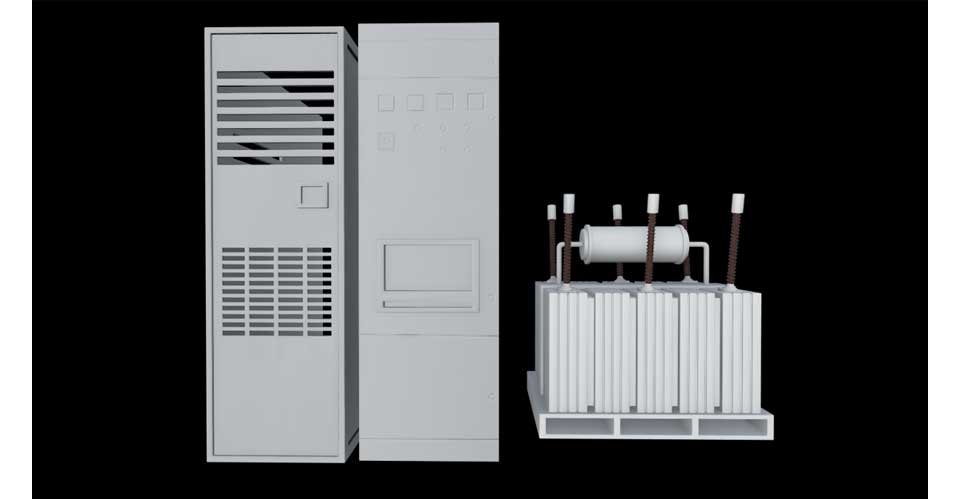I. Basic concepts of electrochemical energy storage
Electrochemical energy storage is a process of storing, releasing and managing energy through energy storage batteries. The battery is charged by connecting an external DC power supply to the battery, which converts the electrical energy into chemical energy for storage, and then releases the stored chemical energy into electrical energy to drive external equipment when discharged.
II. The role of electrochemical energy storage
Electrochemical energy storage technology is widely used in power systems and is applied to four segments: power generation, transmission, distribution and transmission. The main functions are peak and frequency regulation, peak shaving and valley filling, and smoothing of new energy fluctuations.
Battery energy storage technology can store energy from seconds to hours, the output power is adjustable within the rated range, and can meet the needs of the grid for power-based and energy-based energy storage applications Some battery energy storage technologies have been commercialised, and some are moving from demonstration to commercialisation.
III, Electrochemical energy storage technology
1, Energy management techniques
Energy management technology can be divided into electrochemical energy storage converter systems (power conversion system,PCS), battery management systems (BMS) and energy management systems (EMS) according to the type of energy storage device.
1.PCS
PCS consists of DC/AC bi-directional converter, control unit, etc. The PCS controller receives background control commands through communication and controls the converter to charge or discharge the battery according to the symbol and size of the power command, realizing the regulation of active and reactive power of the grid.
The PCS controller communicates with the BMS through the ControllerAreaNetwork (CAN) interface to obtain information on the battery status, which enables protective charging and discharging of the battery to ensure safe battery operation.

2. BMS
The battery management system is a system that manages the batteries in an energy storage system by analysing the internal characteristics of the batteries and uploading the collected battery charge and discharge data to the energy management system and the internal control system of the BMS to determine what action to take for each battery.
The BMS is able to manage individual batteries and groups of batteries connected in series and parallel in a hierarchical manner, enabling effective alarm, protection and balancing management to achieve optimum operation of the batteries and groups.
3.EMS
The Energy Management System (EMS) is a system that manages the entire energy storage system, coordinates the scheduling of each energy storage plant and sends control orders to the sub-station energy storage EMS for execution.
The EMS sub-station responds to the scheduling commands of the main energy storage control station and reasonably distributes them to the battery clusters according to the operating status of the energy storage equipment, realising the integration of energy and information management of the battery modules and battery families.
The energy management system is mainly used for data acquisition, network monitoring, energy scheduling and data analysis
2. Battery thermal management technology
The two most researched battery thermal management systems are air-cooling and liquid-cooling. Natural air cooling uses the temperature difference between the air itself and the surface of the battery to generate thermal convection, so that the heat generated by the battery is transferred to the air to dissipate heat from the battery pack and battery box; forced air cooling requires the installation of additional external electrical auxiliary equipment such as fans and fans, so that external air enters the battery pack through the air duct and circulates to cool the battery.
The liquid cooling method uses liquid flow to transfer the heat generated by the operation of the battery to dissipate heat from the battery pack or battery box.
Choosing between single-phase and three-phase po
"Revolutionizing energy storage, advancements in
Here is an introduction to one of the best batte
Contact: Thomas
Phone: +8618025306280
Tel: +86-0755-32872175
Email: hello@raderenergy.com
Add: Block A, Ketujia Building, Fucheng Street, Longhua District, Shenzhen, PRC